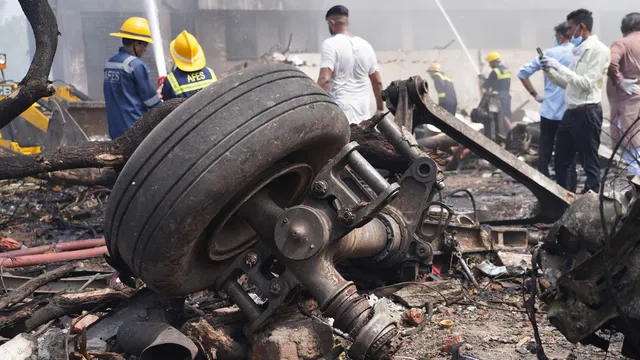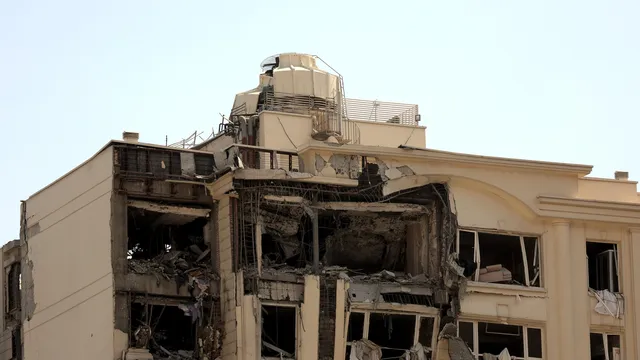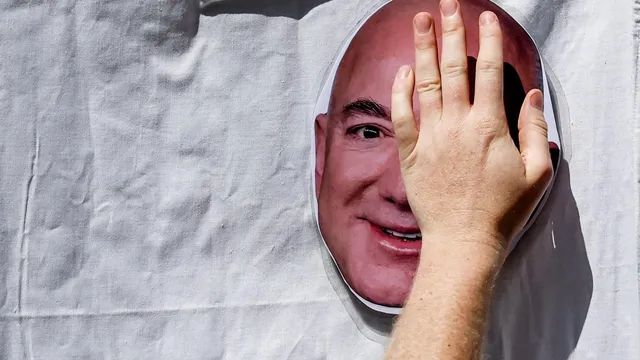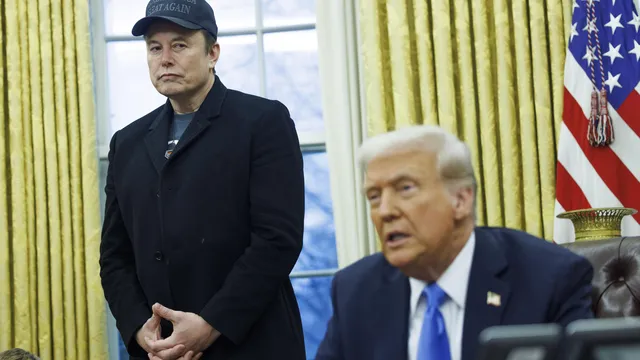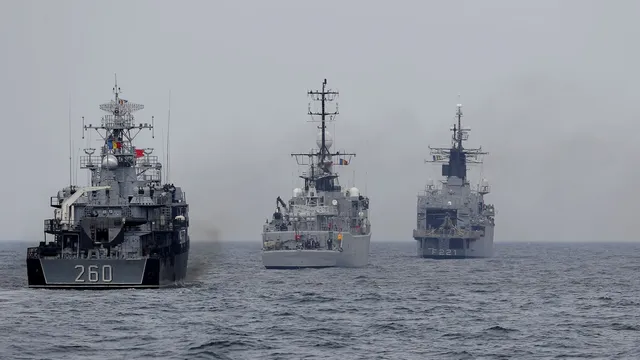The devastating crash of Air India' plane threatens to plunge Boeing into a new wave of difficulties, just as the company was beginning to show signs of recovery under its new management.
Shares in the US aircraft manufacturer plummeted by almost 5% after the Pope, King Charles, and the President of India expressed their condolences over the crash of the Boeing 787 Dreamliner carrying 242 people.
“We express our deepest condolences to the families of the passengers and crew of Air India Flight 171, as well as to all those affected in Ahmedabad,” said Boeing CEO Kelly Ortberg. He assured Air India's management of the company's full support during the investigation.
The crash, the first fatal accident involving a 787 aircraft, occurred just before Altburg and other industry leaders were due to gather at the Paris Air Show, which begins next week at Le Bourget airport.
Before the accident, the main topics of the show were expected to be the impact of trade tensions on the sector, new cutting-edge technologies in aviation, and the prospects for overcoming supply chain problems that have slowed production at both Boeing and Airbus. But after the crash, it is clear that attention will be focused on the tragedy and the speculation and concerns surrounding it.
“In a week's time, there will probably be one or two main working hypotheses about what happened, which will be discussed both by experts at the show and by the general public,” explained Morningstar analyst Nicholas Owens.
The long-term consequences for Boeing remain to be seen, but according to Owens, it is quite possible that the company will announce new orders for the Dreamliner in Paris.
“It is extremely unlikely that this will be concluded to be a systemic problem with the aircraft or the engine,” he added.
Differences from the MAX crashes
Air India Flight 171 sent a distress signal and crashed “immediately after takeoff,” India's civil aviation authority said.
Investigators from the UK and the US are already traveling to western India to begin examining data from the flight recorder, technical maintenance, and crew training.
“In international incidents, the country of the aircraft's registry leads the investigation,” the US Federal Aviation Administration (FAA) said.
The plane was delivered to Air India in 2014 and had flown over 41,000 hours, according to data from consulting firm Cirium. This sharply distinguishes the current tragedy from the two Boeing 737 MAX crashes in 2018 and 2019, which involved nearly new aircraft with a design flaw in the flight control system (MCAS) that led to fatal errors.
The MAX crashes plunged Boeing into a long-running crisis, further exacerbated by new safety issues in 2024. The company has reported annual losses for six consecutive years.
Since the Dreamliner entered service in 2011, Boeing has made numerous adjustments, mainly related to manufacturing defects. The model was also the subject of sharp criticism during a US Senate hearing in April 2024, when an internal whistleblower testified that he had been subjected to reprisals after reporting serious problems in the assembly of the 787 and 777.
Lawyers for the whistleblower, Sam Salehpour, called on the FAA to publish the results of its investigation.
“The FAA must reassure the public that the Boeing 787 is safe,” said lawyer Lisa Banks.
“While the causes of today's tragedy with Air India will be determined in the coming months or even years, we know that there is currently an important report on the 787 awaiting approval by the FAA that must be made public,” she added.
On May 29, Ortberg told a financial conference that final approval from US authorities to increase production of the 787 was “an important milestone” in Boeing's recovery.
After moving to Seattle to be closer to production facilities, Ortberg was welcomed by the aviation community for handling a difficult strike and for participating in President Trump's delegation to the Middle East.
“There are no indications of a design flaw in the 787,” said Richard Aboulafia, director at consulting firm AeroDynamic Advisory.
“Of course, fear is inevitable,” he added, referring to the stock market reaction.
“This is a tragedy, but it is unlikely to change perceptions of the 787 because there is no evidence of a systemic problem and the aircraft has an excellent track record,” Aboulafia added.
According to Briefing.com, the accident is “another serious blow to Boeing's reputation in its fierce competition with Airbus, which has had more orders for five consecutive years and could further undermine investor and customer confidence in the company's ability to deliver safe and reliable aircraft.” | BGNES, AFP

 Breaking news
Breaking news
 Europe
Europe
 Bulgaria
Bulgaria
